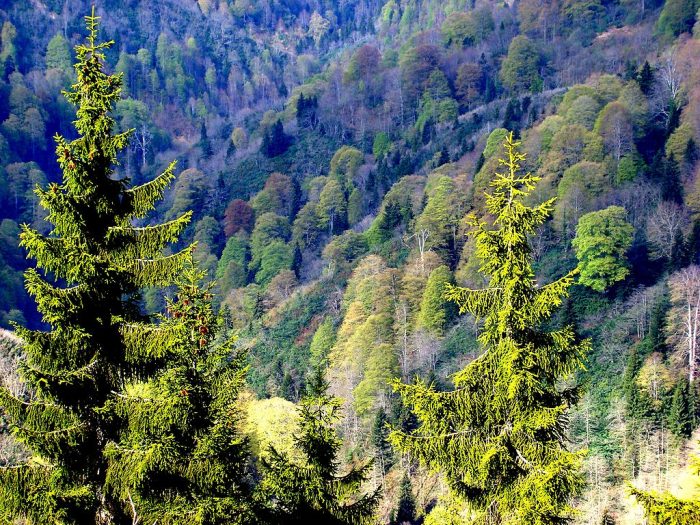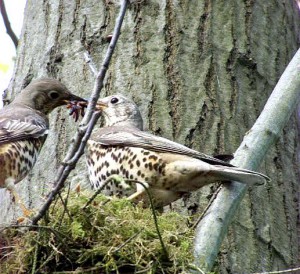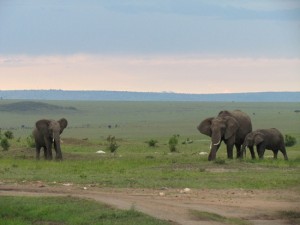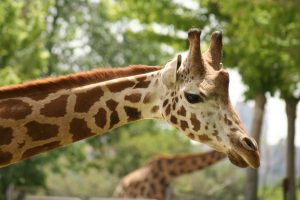Loss of the World’s Wilderness
A current map compared to one from the 1990’s showed that an estimated 3.3 million square kilometres of wilderness – almost 10% of the world’s land area – has been lost in the intervening years.
 Image: By Karduelis (Own work) [Public domain], via Wikimedia Commons
Image: By Karduelis (Own work) [Public domain], via Wikimedia Commons Researchers have reported catastrophic declines in wilderness areas around the world over the last 20 years. Published in the journal Current Biology, their findings demonstrate alarming losses comprising a tenth of global wilderness since the 1990s. In total, the loss equates to an area twice the size of Alaska and half the size of the Amazon. Hardest hit has been the Amazon rainforest and Central Africa.
The researchers say that the findings underscore an immediate need for international policies to recognise the volume of wilderness areas and to address the unprecedented threats they face. “Globally important wilderness areas – despite being strongholds for endangered biodiversity, for buffering and regulating local climates, and for supporting many of the world’s most politically and economically marginalized communities – are completely ignored in environmental policy,” says Dr James Watson of the University of Queensland in Australia and the Wildlife Conservation Society in New York. “Without any policies to protect these areas, they are falling victim to widespread development. We probably have one to two decades to turn this around. International policy mechanisms must recognize the actions needed to maintain wilderness areas before it is too late. We probably have one to two decades to turn this around.”
Much policy attention has been paid to the loss of species, but comparatively little is known about larger-scale losses of entire ecosystems – especially wilderness areas which tend to be relatively understudied. In an attempt to fill this gap, the researchers of this study mapped wilderness areas around the globe (wilderness being defined as biologically and ecologically intact landscapes free of any significant human disturbance). They then compared their current map of wilderness to one produced by the same methods in the early 1990s.
The comparison showed that a total of 30.1 million square kilometres, around 20% of the world’s land area, now remains as wilderness. The majority is located in North America, North Asia, North Africa and the Australian continent. Comparisons between the two maps, however, showed that an estimated 3.3 million square kilometres of wilderness – almost 10% of the world’s land area – has been lost in the intervening years. The losses have occurred primarily in South America, which has experienced a 30% decline in wilderness, and Africa, which has experienced a 14% decline.
“The amount of wilderness loss in just two decades is staggering,” said Dr Oscar Venter of the University of Northern British Colombia. “We need to recognize that wilderness areas, which we’ve foolishly considered to be de-facto protected due to their remoteness, is actually being dramatically lost around the world. Without proactive global interventions we could lose the last jewels in nature’s crown. You cannot restore wilderness, once it is gone, and the ecological process that underpin these ecosystems are gone, and it never comes back to the state it was. The only option is to proactively protect what is left.”
The researchers are now calling on organisations such as the United Nations to stop ignoring globally significant wilderness areas in key multinational environmental agreements.





One Comment
Interesting. Humans MUST stop breeding!